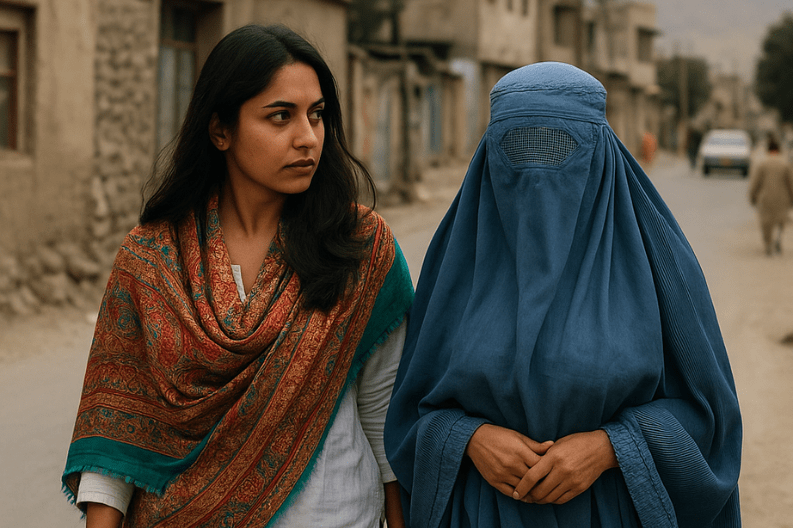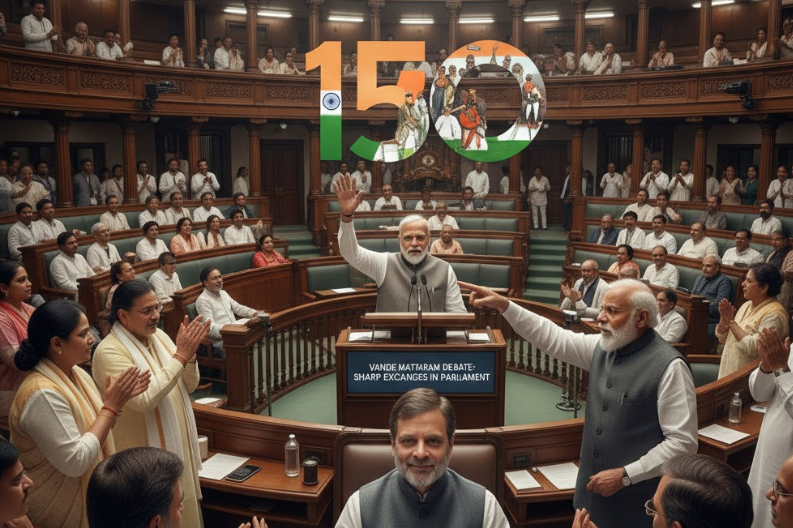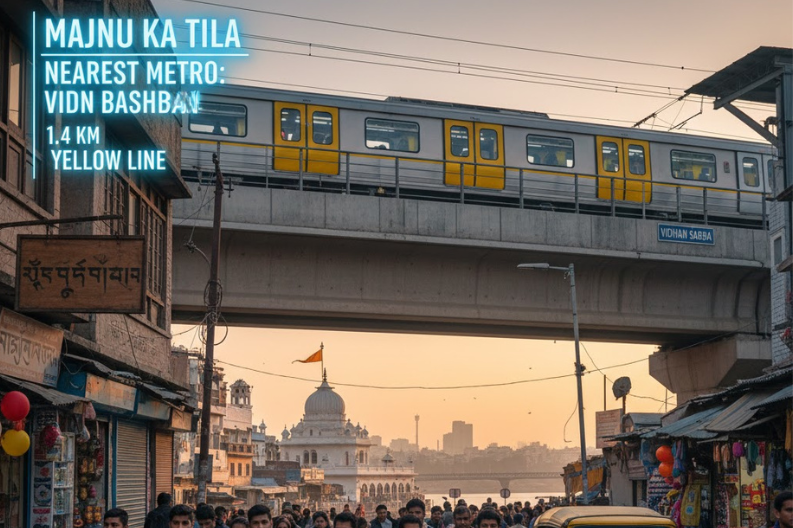The a journey from India to Afghanistan began with a simple piece of advice: speak to my family before taking a new job abroad. Coming from a Marwari family in India, where respect, education, and tradition are deeply valued, I followed that advice. My father supported my choice but reminded me of the reality I would face. He warned me that even without power, the Taliban still dictated how women dressed in public. His words felt distant at the time, as I celebrated my new assignment with farewell parties and garage sales before leaving for Kabul.
However, reality struck hard just days after my arrival. Eleven journalists were killed in an explosion, a stark reminder of the dangers in Afghanistan. Despite the risks, I started reporting alongside a team of Afghan men who initially did not take me seriously. Being the first Indian woman in their newsroom, I faced hesitation. Yet, I worked hard to build trust, even speaking directly with Taliban officials, who surprisingly treated me with politeness and often urged me to see Afghanistan through Indian eyes.
Over time, I built a strong network of contacts, from diplomats and UN workers to everyday Afghans. Safety became a top priority. Every outing involved multiple security checks and coordination with advisors. My world was mostly confined to a secure diplomatic zone. Social life existed only in embassy gatherings, where, despite restrictions outside, I found moments of normalcy and joy.
Life beyond the compound was deeply complex. Women lived with constant fear of losing their freedom. By 2019, violence escalated, and uncertainty grew as NATO forces prepared to leave. My nieces in India asked difficult questions about life under Taliban influence, questions about safety, freedom, and daily choices. I avoided talking much about my work and instead sought therapy to process the trauma. Gradually, my dedication earned respect, and I became someone colleagues trusted deeply.
Working closely with Afghan society helped me understand its complexities. I visited many provinces and spoke to young girls about their dreams. None of them said they wanted to do nothing. They aspired to become doctors, teachers, or leaders, but many of those dreams were shattered. Those who fled now live as refugees, while those who stayed still hope for change.
As I immersed myself in Afghan life, Afghans began embracing me too. We bonded over Bollywood movies, poetry, and shared struggles. Women admired my independence, drawing strength from my story. Despite cultural differences, a deep kinship grew, a connection built on shared history and resilience.
When NATO troops withdrew, my mission changed. I focused on helping my colleagues escape. That period brought pain and loss, and I lost a close friend who ignored my warnings. Since then, I’ve distanced myself from war coverage, realizing that it remains a game controlled by men, with women and children bearing the brunt.
I continue to stay in touch with my Afghan friends. My last visit coincided with the first anniversary of the Taliban’s return, when gender restrictions were at their peak. I could not meet ministers or access my former office, now occupied by Taliban officials. Yet, I still dream of returning one day to reclaim personal belongings and to see Afghan girls walking to school with their heads held high.
This story is more than personal. It reflects centuries of shared history between India and Afghanistan, from the Gandhara civilization to modern cultural exchanges. Cities like Chandigarh mirror this fusion of past and present, while places like Mohali show how societies evolve despite adversity. The hopes and struggles of Afghan women are not just theirs; they are part of a shared human story.
In conclusion, a journey from India to Afghanistan is a story of resilience, identity, and hope. It shows how courage, empathy, and cross-cultural understanding can create lasting bonds, even in times of war and uncertainty. And it reminds us that the fight for freedom and equality continues, for women in Afghanistan and beyond.



